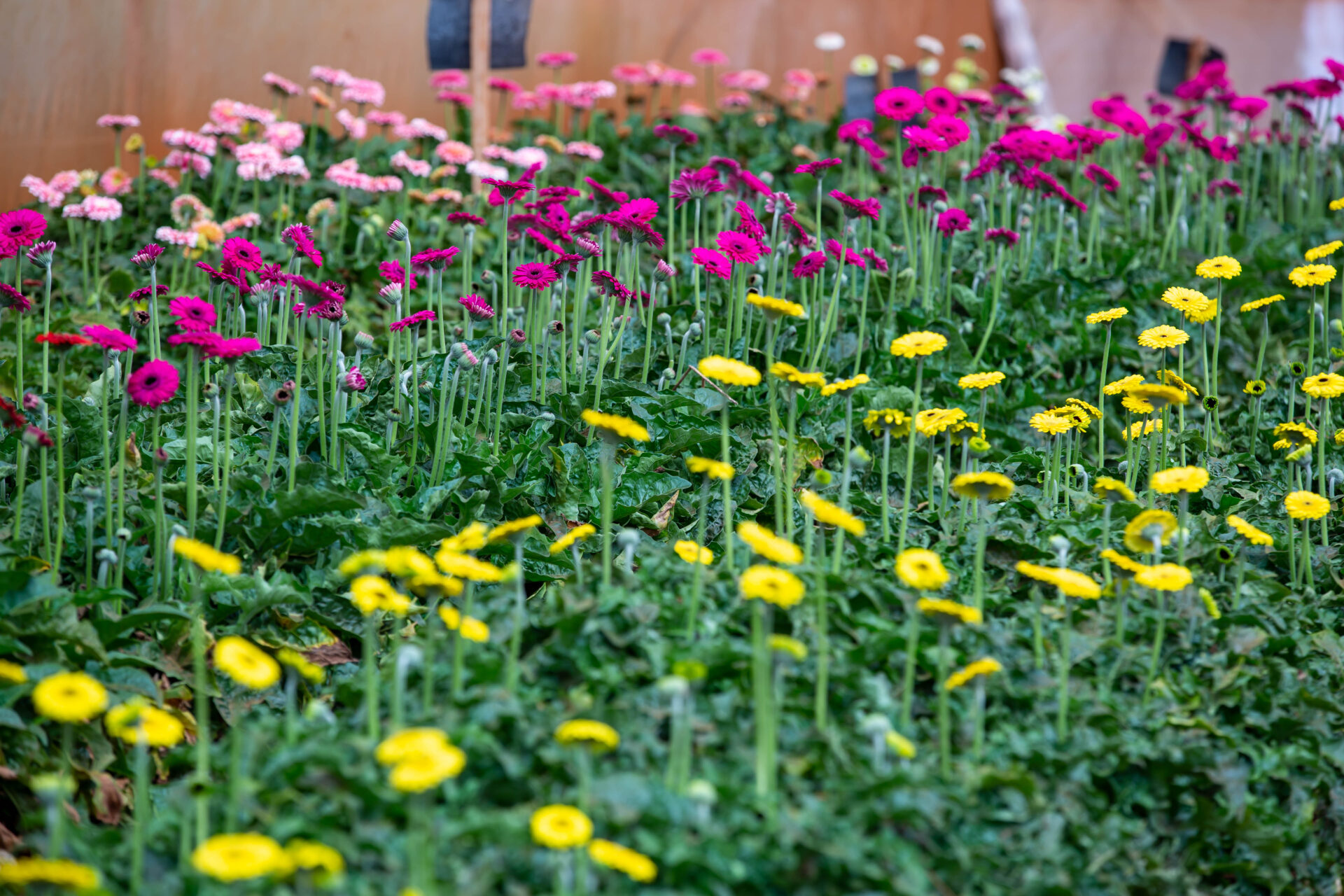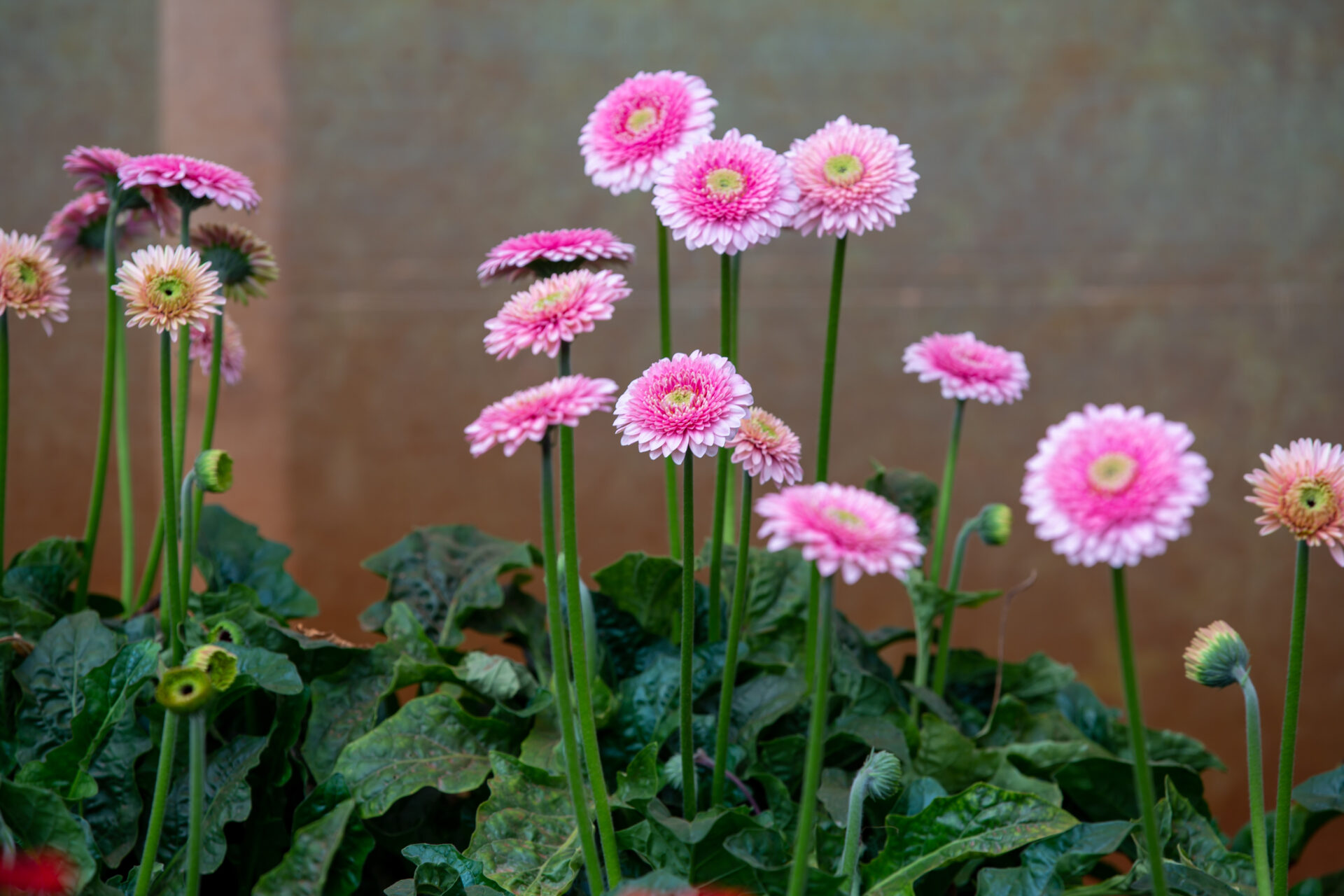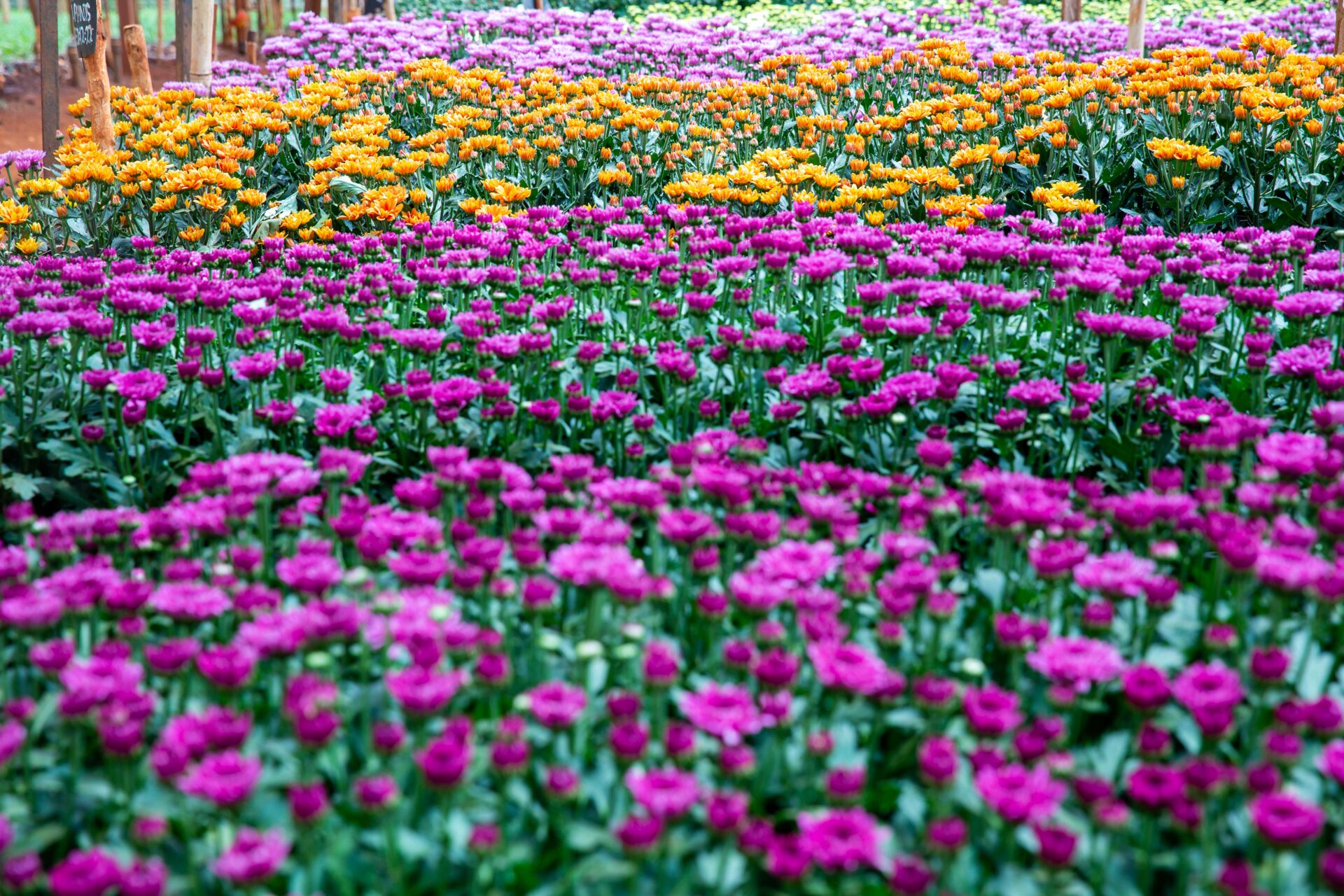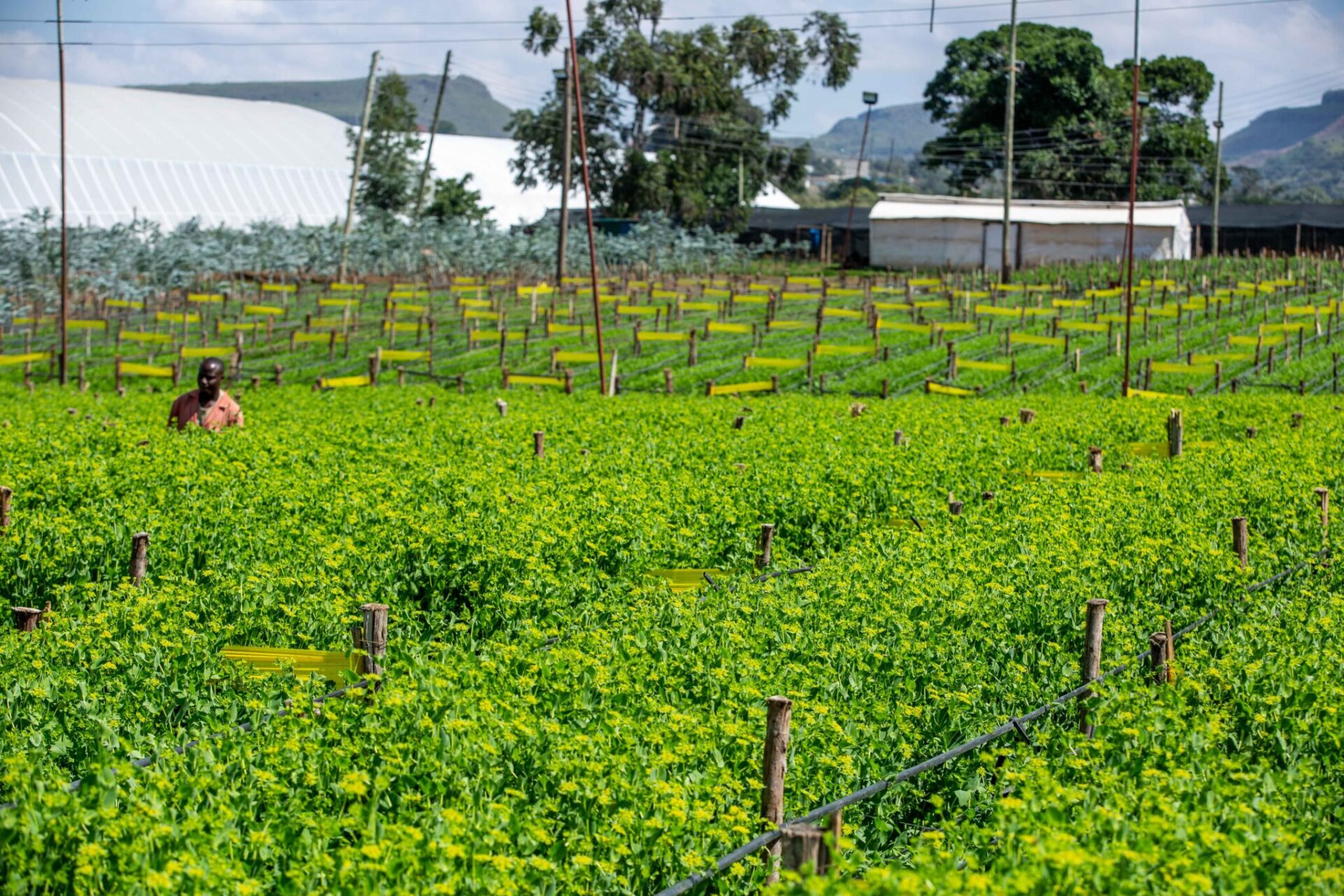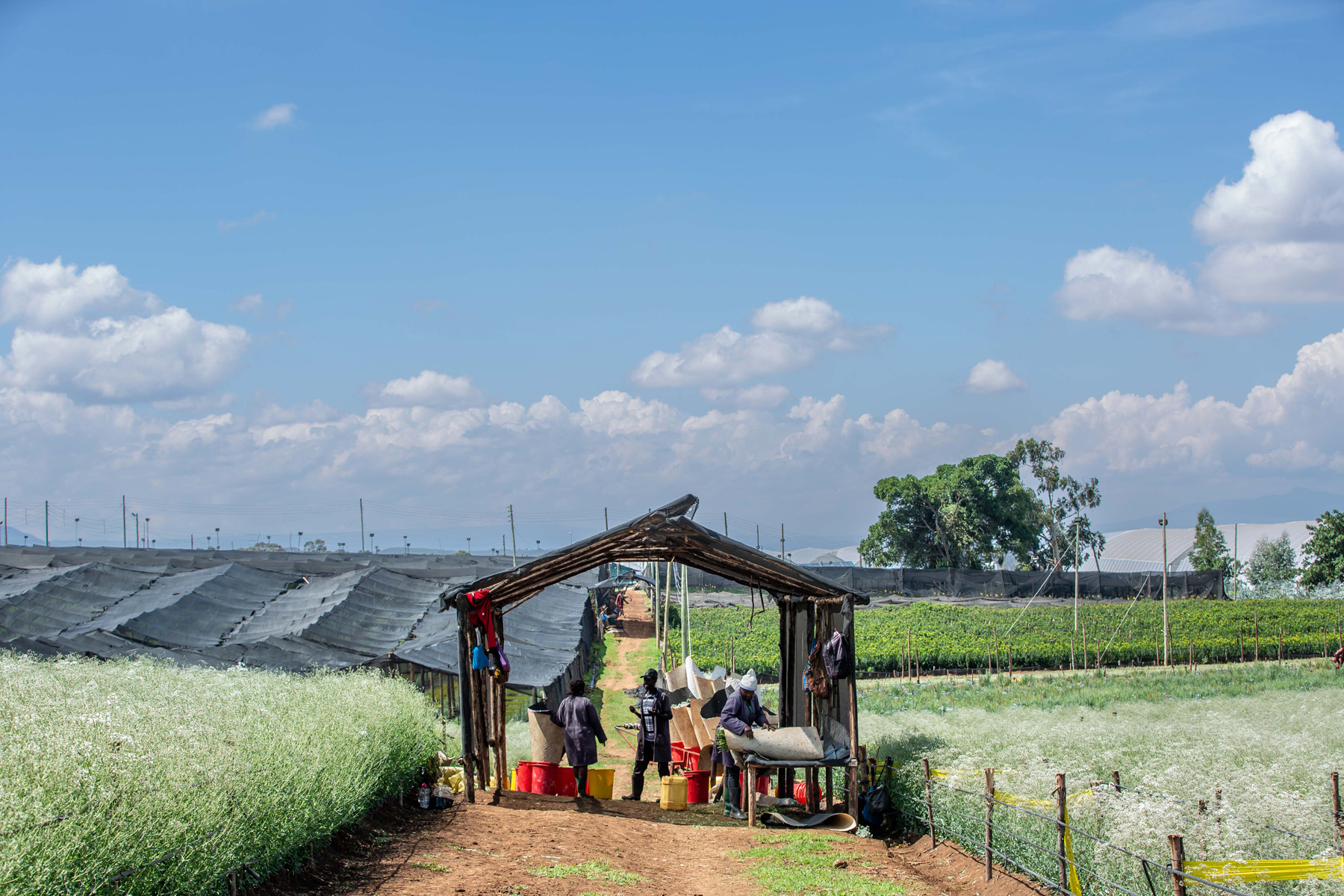The History of the Kenyan Flower Industry – Part 1
The History of the Kenyan Flower Industry – Part 1
Kindly researched and written by Billy Coulson, a founding shareholder of The Flower Hub.
Read MoreThe Kenyan Flower Industry – A background
Kenya’s horticulture sector is often heralded as one of sub Saharan Africa’s principal post-independence success stories. Kenya has become the region’s largest exporter of fresh fruit vegetables and flowers to Europe and these commodities are the third largest foreign exchange earners second only to diaspora remittances and tourism. Specifically cut flower exports contribute 1.5% to the GDP of Kenya and it is estimated that the sector employs some 150,000 people directly and 2,000,000 indirectly with a multiplier effect of between 8 and 10.
Along with Ecuador and Colombia, Kenya enjoys a number of geographical and climatic advantages that make it uniquely suited to this industry. It has fertile land, at the correct altitude, with water, located on or close to the Equator. Most farms are also located only 100 km from Nairobi, a regional hub. All these favourable factors facilitate the all year round production of flowers, fruit and vegetables of the correct quality which combined with a plentiful supply of skilled and versatile labour make it an ideal location for the industry.
Post Independence
Notwithstanding these obvious advantages the horticultural sector was a “ slow burner “ to start with in Kenya. From independence in 1963 and up to 1973 this sector was not regarded in government circles as having salience given it did not make large scale contributions to either employment or foreign exchange income. Exports of vegetables and flowers fell to below 3% of all exports during this period and the government concentrated its support instead on tea, coffee and tourism sectors for foreign exchange income; and large scale cereal farming for support for its ever burgeoning population locally.
The lack of governmental preexisting vested interest turned out to have significant hidden benefits in the long term for the sector. It allowed the Horticultural Crops Development Authority (HCDA) to develop a facilitative approach to private sector investment as there were no barriers to entry, save the logistical and relational barriers globally. As a result, HCDA was open to licensing any investors who showed an interest, so long as they would organise their logistics and buyer networks. The majority of registered firms by 1973, some 36 in total, were predominantly European and Asian Exporters and they had highly developed organisational and technical capacities for the time.
Bonde Nielson and Dansk Chrysanthemum and Kultur (DCK)
The most seminal of these early investors, in this pioneering phase of the industry, was Bonde Nielsen. His major contribution was to bring on board two politically connected shareholders who were able to secure the governmental support, not only for Nielsen, but for the sector in general which to date it had lacked. Nielsen was a commercial plant grower from the Danish Island of Funen. He was brought to Kenya by the then Minister of Agriculture, Bruce McKenzie, way back in 1969. On seeing the opportunities Kenya had to offer, Nielsen transferred the activities of his Danish Company, Dansk Chrysanthemum and Kultur (DCK) from Sardinia and Cyprus to Kenya.
This project enjoyed the support, as shareholders, of both Bruce McKenzie and the then Attorney General Charles Njonjo. At the time they were probably the two most powerful players in Government, second only to Kenya’s Founding President Jomo Kenyatta. As a result, The Ministry of Agriculture signed a 25 year agreement with DCK that gave the company concessions and a near monopoly. The company had access to local financing which was agreed at 40% of foreign equity plus loans (Danish Aid) for the first two years and 20% thereafter. A total of 23,000 acres of land with water in both Kibwezi and Naivasha was made available at peppercorn rates .
Oil Price Inflation 1973-1974
Concurrent to these local developments, globally there were some geopolitical issues that were favourable to the further development of the industry in Kenya. The most significant of these was the doubling of the price of oil by OPEC in October 1973, and an additional doubling again in January 1974. This was as a result of King Faisal of Saudi Arabia introducing an oil embargo to punish those countries that supported Israel during the Yom Kippur War. This was the first “oil shock” the world had experienced and the first time oil had been weaponised.
The resulting increase in oil costs had the long term effect of pushing the heating costs of growing flowers in Europe to an unsustainable level, the result was that over the remainder of the 20th century, the production base moved south to Africa for the European Market and to Colombia and Ecuador for the American market.
… to be continued in Part 2…
